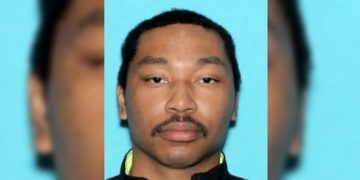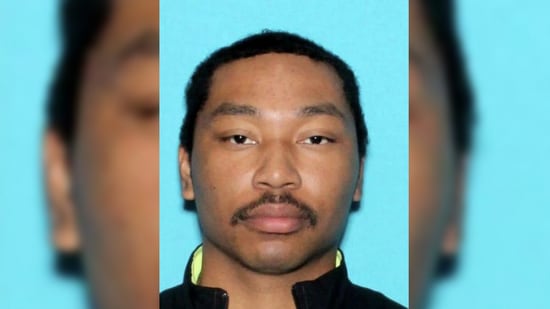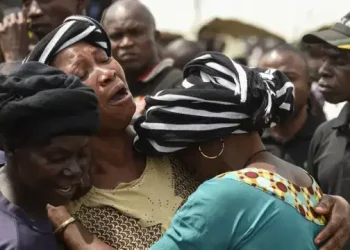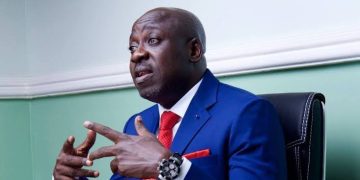Introduction: Who Was Shane Tamura?
Shane Tamura, born Shane Devon Tamura, a 27-year-old licensed private investigator from Las Vegas, became the center of national attention on July 28, 2025, when he carried out a mass shooting at 345 Park Avenue in Midtown Manhattan, New York City.
Armed with an AR-15–style rifle, Tamura killed four people, including a New York City police officer, before taking his own life on the 33rd floor of the high-rise building.
The incident marked the deadliest mass shooting in New York City in 25 years, and left behind a trail of grief, confusion, and unanswered questions.
Tamura’s background, once filled with athletic promise and professional ambition, now serves as a chilling reminder of how mental health struggles and unfulfilled dreams can spiral into tragedy.
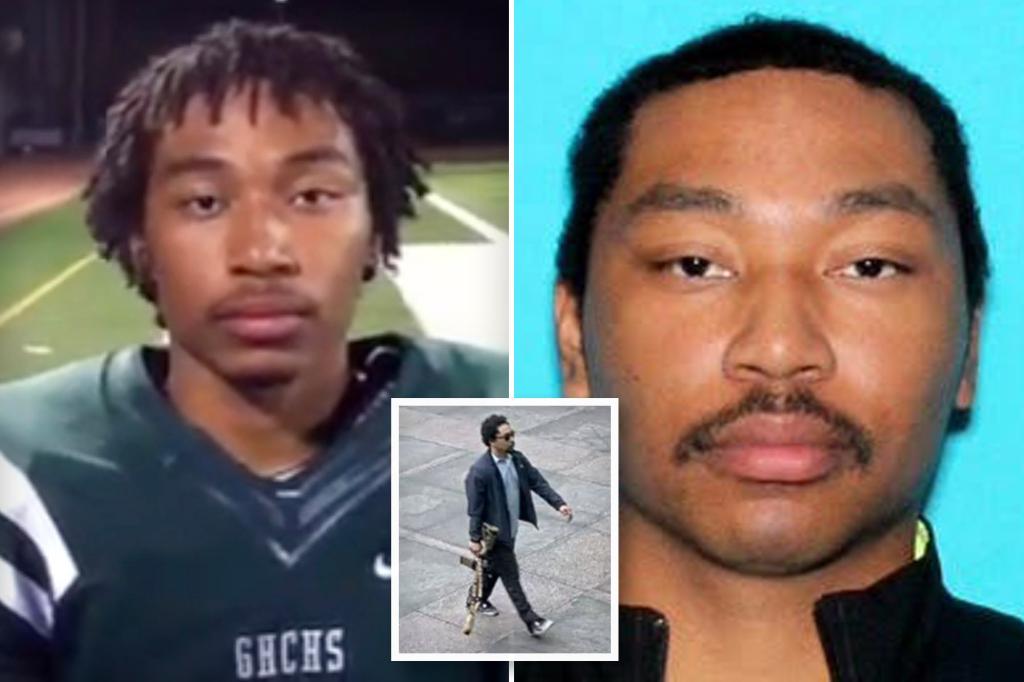
Early Life and Athletic Promise
Tamura was born on January 19, 1998, in Hawaii, and later moved to Santa Clarita, California, where he attended Golden Valley High School.
He was known as a junior varsity football player, later transferring to Granada Hills Charter High School, where he played running back on the varsity team.
Former coaches and teammates described Tamura as:
Quiet and well-mannered
Hardworking and coachable
A “goofball” with a light-hearted personality
He earned regional recognition for his performance, including:
774 rushing yards and 11 touchdowns in his junior year
616 rushing yards and 5 touchdowns in his senior year
A kickoff return average of nearly 30 yards per attempt
Despite his athletic success, Tamura never pursued college football or a professional career.
According to former teammates, he didn’t express ambitions to play in the NFL, though he remained passionate about the sport.
Career and Life in Las Vegas
After high school, Tamura relocated to Las Vegas, Nevada, where he obtained:
A concealed carry permit from the Las Vegas Police Department
A private investigator license, later expired
He worked as a security guard at a local casino and lived in a gated community.
His professional life appeared stable, but records show no significant criminal history.
However, Las Vegas authorities confirmed Tamura had a documented mental health history, though details remain undisclosed.
Inside his vehicle, parked outside the Manhattan building, police found:
A loaded revolver
Ammunition magazines
A rifle case
Prescribed medication

The Manhattan Shooting: Timeline of Events
On July 28, 2025, Shane Tamura drove cross-country from Las Vegas to New York City, passing through:
Colorado on July 26
Nebraska and Iowa on July 27
Columbia, New Jersey on July 28
At 6:28 p.m. EDT, Tamura double-parked his black BMW outside 345 Park Avenue, a high-rise housing tenants like the NFL, Blackstone, and Rudin Management.
Sequence of Events:
Entered the lobby with an AR-15–style rifle
Shot NYPD Officer Didarul Islam, a 36-year-old immigrant from Bangladesh
Shot a woman hiding behind a pillar
Shot a security guard behind a desk
Shot another man, who survived and gave a statement
Took the elevator to the 33rd floor
Killed a Blackstone executive
Shot himself in the chest, ending the rampage
In total, five people died, including Tamura. Another victim, an NFL employee, was critically injured but survived.
Mental Health and Suicide Note
Authorities discovered a suicide note in Shane Tamura’s back pocket. The note contained disturbing claims:
Alleged he suffered from Chronic Traumatic Encephalopathy (CTE), a brain disease linked to repeated head trauma
Blamed football and the NFL for his condition
Referenced Terry Long, a former NFL player who died by suicide in 2005 after drinking antifreeze
Requested that his brain be studied
Included phrases like:
“Terry Long football gave me CTE and it caused me to drink a gallon of antifreeze”
“You can’t go against the NFL, they’ll squash you”
“Tell Rick I’m sorry for everything”
The note suggests Tamura believed his mental decline was caused by football-related head injuries, though he never played professionally.
Investigators are exploring whether his grievances with the NFL influenced his decision to target the building.
Targeting the NFL Headquarters?
While Shane Tamura entered a building that houses the NFL’s headquarters, he took the wrong elevator bank, ending up on the Rudin Management floor instead.
New York City Mayor Eric Adams stated:
“He seemed to have blamed the NFL. The NFL headquarters was located in the building, and he mistakenly went up the wrong elevator bank.”
This raises questions about whether Tamura intended to confront the NFL directly.
However, police have not confirmed a definitive motive.
CTE and Football: A Broader Conversation
Tamura’s suicide note reignited public debate about CTE, a degenerative brain disease found in athletes exposed to repeated head trauma. CTE has been linked to:
Memory loss
Depression
Aggression
Suicidal behavior
Notable cases include:
Junior Seau, NFL linebacker who died by suicide in 2012
Aaron Hernandez, convicted murderer diagnosed with severe CTE posthumously
Tamura’s claim of suffering from CTE, despite no professional football career, highlights the need for:
Better mental health screening
Support for former athletes
Research into sub-concussive impacts
Public Reaction and Tributes
The shooting shocked New York City and the nation. Tributes poured in for the victims, especially Officer Didarul Islam, who was:
A father of two, with a third child on the way
Described as a man of faith and dedicated public servant
Barstool Sports founder Dave Portnoy launched a fundraiser for Islam’s family, pledging to match proceeds from “Back the Blue” merchandise.
Blackstone mourned the loss of Wesley LePatner, a senior executive and mother, calling her:
“Brilliant, passionate, warm, generous, and deeply respected.”
Fallout and Investigation
The NYPD, FBI, and ATF are leading the investigation. Key questions remain:
Why did Tamura choose this building?
Was the NFL his intended target?
Did he act alone?
What role did mental illness play?
Authorities confirmed Shane Tamura had no accomplices and acted alone. His vehicle and digital footprint are being analyzed for further clues.
Conclusion: A Life of Promise, a Legacy of Pain
Shane Tamura’s story is a tragic arc, from promising football player to mass shooter. His descent into violence underscores the complex interplay between:
Mental health
Unfulfilled dreams
Perceived injustice
Access to firearms
While his actions were inexcusable, they prompt urgent conversations about:
Gun control
Mental health care
Support for former athletes
Security in public buildings
As New York mourns its dead, the nation must grapple with the deeper issues that allowed this tragedy to unfold.
Tamura’s name will be remembered, not for touchdowns or tackles, but for a moment of unimaginable darkness that demands reflection, reform, and resilience.
Frequently Asked Questions about Shane Tamura
Q. Who was Shane Tamura?
Shane Tamura was a 27-year-old private investigator and former high school football player from Las Vegas. He gained national attention after carrying out a mass shooting in Midtown Manhattan on July 28, 2025.
Q. Why did Tamura target 345 Park Avenue in New York City?
While the exact motive remains unclear, investigators believe Tamura was attempting to reach the NFL Headquarters, which is located in the building. He mistakenly used the wrong elevator bank and ended up on a different floor.
Q. Did Shane Tamura have any known mental health issues?
Yes. Las Vegas authorities confirmed that Tamura had a documented history of mental health struggles. A suicide note found on his body claimed he suffered from Chronic Traumatic Encephalopathy (CTE), allegedly caused by playing football.
Q. What is CTE and how is it connected to Tamura’s actions?
CTE is a brain disease linked to repeated head trauma, commonly found in athletes. Tamura’s suicide note blamed the NFL and football for his deteriorating mental state, referencing other athletes who suffered similar fates.
Q. Who were the victims of the Midtown Manhattan shooting?
Shane Tamura killed four individuals:
NYPD Officer Didarul Islam
A woman hiding in the lobby
A security guard
Blackstone executive Wesley LePatner
He also critically injured an NFL employee before taking his own life.
Q. Was Tamura ever a professional football player?
No. Tamura played high school football as a running back but never pursued a college or professional career. Despite this, he claimed football-related injuries impacted his mental health severely.
Q. What is being done in response to this incident?
Authorities are conducting a joint investigation (NYPD, FBI, ATF) into Shane Tamura’s background, motives, and mental health history. The tragedy has sparked renewed calls for mental health awareness, athlete brain injury research, and tighter building security protocols.
